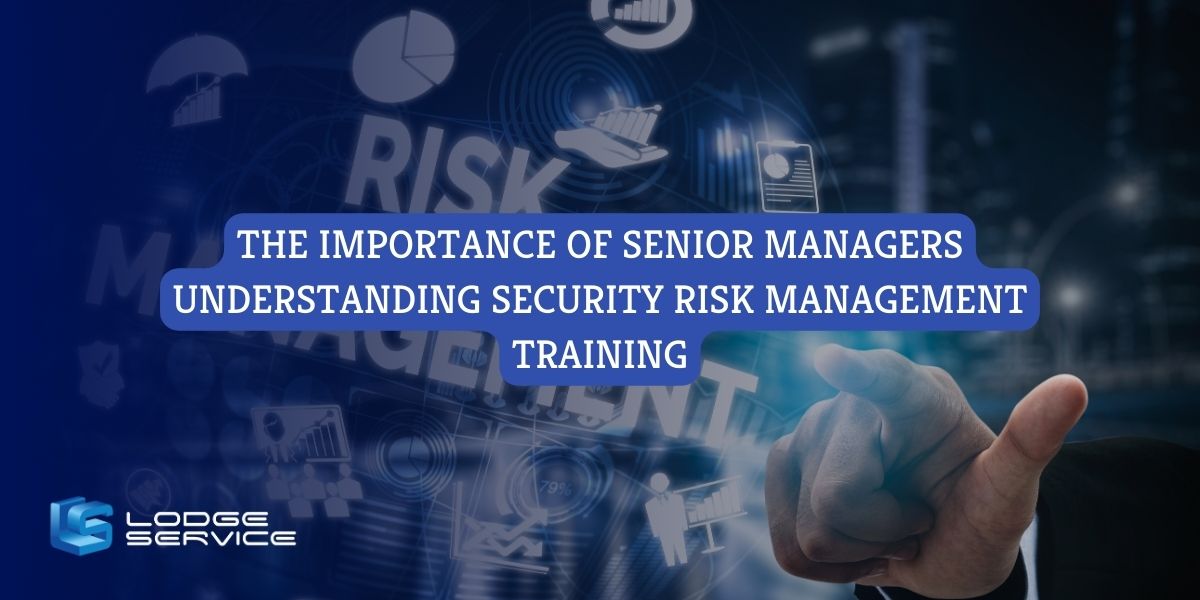A Comprehensive Guide to Understanding the Importance of Risk Management
Wiki Article
The Essential Relevance of Risk Management in Achieving Business Goals
In the quickly evolving company landscape, the capacity to navigate unpredictability has actually come to be a vital. This is where Risk Management action in, supplying a structured technique to recognizing, evaluating, and mitigating possible obstacles to proceed. It's greater than just a protective step - it's a strategic tool, promoting durability and technology. As we check out the crucial function of Risk Management in attaining business goals, one can't question but help: how does this equate right into real-world success?Recognizing the Principle of Risk Management in Service

The Integral Role of Risk Management in Strategic Preparation
Integrating Risk Management into calculated preparation acts as a protect for organizations, securing their long-term plans with a solid foundation of readiness and resilience. It runs as the organization's radar, finding potential threats and vulnerabilities that could interrupt the course in the direction of achieving their stated objectives. Risk Management uses a framework for preparing for unpredictabilities and devising suitable responses, making sure the company's survival and prosperity even when faced with misfortune. By including Risk Management right into critical preparation, companies can change these unpredictabilities right into chances for growth and innovation. This tactical interweaving of Risk Management fosters adaptability, making organizations more durable and allowing them to navigate the ever-changing service landscape confidently. As a result, Risk Management comes to be a vital tool in tactical preparation, critical in safeguarding lasting success.
Methods for Identifying, Assessing, and Focusing On Risks
The i thought about this procedure starts with Risk recognition, utilizing devices such as SWOT evaluation, which helps in determining possible risks and chances. Next off, Risk evaluation is performed to determine the possible effect and probability of each Risk. Threats are prioritized based on their prospective impact and likelihood, enabling organizations to focus their resources on critical threats.Safeguarding Organizational Workflow With Efficient Risk Management
In the company landscape fraught with uncertainties, reliable Risk Management plays a crucial function in safeguarding organizational procedures. By additional resources identifying and examining possible risks, Risk Management enables companies to develop robust backup plans. Organizations need to spend in extensive Risk Management approaches to protect their procedures.
Converting Possible Threats to Opportunities: The Power of Risk Management
An aggressive strategy to risk Management entails determining, examining, and prioritizing risks to devise techniques that turn them right into prospective benefits. Thus, by leveraging the power of Risk Management, companies can not only protect their operations yet likewise stimulate growth and achieve their objectives in an uncertain service atmosphere.Case Researches: Success Stories of Risk Management Driving Business Objectives
Successful execution of Risk Management strategies has generated outstanding outcomes in different businesses, highlighting the benefits of this technique. Multinational business like Microsoft and Google, for circumstances, have leveraged Risk Management to minimize dangers and exploit opportunities, driving their service purposes forward. These examples show just how successful Risk Management can not just steer organizations clear of potential mistakes however additionally guide them towards their tactical goals.
Verdict
In verdict, Risk Management is essentially essential in achieving organizational objectives. By including Risk Management right into critical planning, companies can better browse unpredictabilities, secure operations, and article capitalise on opportunities, consequently lining up with long-lasting objectives.At its core, Risk Management is the process of recognizing, examining, and addressing prospective hazards that could negatively affect a company's procedures or goals. Next, Risk analysis is conducted to establish the prospective impact and chance of each Risk. Threats are prioritized based on their potential impact and probability, permitting companies to focus their sources on high-priority threats. By recognizing and evaluating possible dangers, Risk Management allows organizations to establish durable contingency plans. A proactive strategy to take the chance of Management involves determining, evaluating, and focusing on threats to create techniques that transform them into prospective advantages.
Report this wiki page